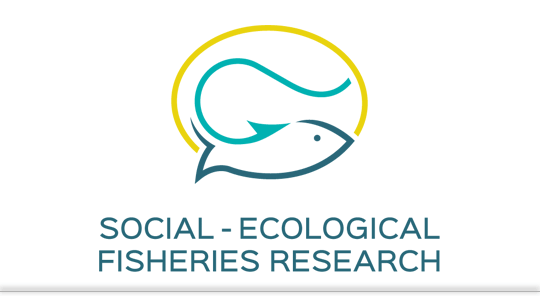The contingent valuation method is often used to estimate the willingness to pay for changes in a public good (e.g., water quality, public transport or food safety). We show how the stated willingness to pay changes when respondents to a contingent valuation survey believe their response affects not only the provision of the public good offered, but also the provision of an alternative public good in case the government cannot provide both goods. Empirical evidence suggests that at least 10 % of respondents consider alternative public goods when responding to contingent valuation surveys. Consequently, practitioners need to make sure that respondents are not influenced by the value of alternative public goods.
Contingent Valuation: How Opportunity Costs Influence the Stated Willingness to Pay
Peer-reviewed

Morawetz, U. B., Koemle, D. 2022. Contingent Valuation: How Opportunity Costs Influence the Stated Willingness to Pay. Alpine Landgesellschaften zwischen Urbanisierung und Globalisierung, 119–134
Published
: 2022
Appeared in
: Alpine Landgesellschaften zwischen Urbanisierung und Globalisierung, 119–134
